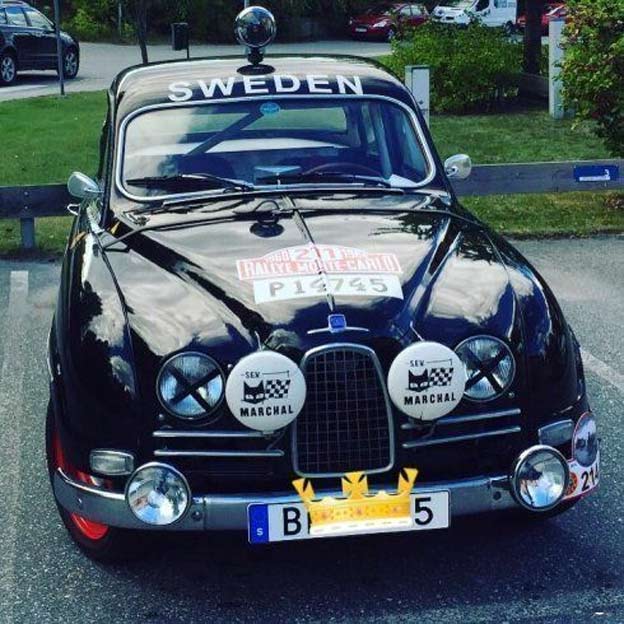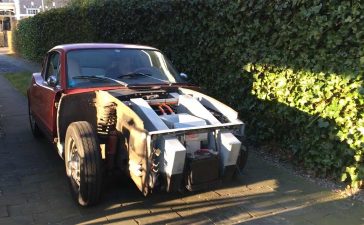Owning a SAAB with an automatic transmission brings the convenience of effortless gear shifts and smoother driving experiences. However, don’t let the automatic transmission lull you into a false sense of carelessness. To ensure your SAAB automatic stays in optimal condition, it’s essential to steer clear of these five common mistakes.
Table of Contents
1. Shifting Gears Mid-Motion
Picture this: you’re navigating tight parking spaces or smoothly maneuvering through traffic. While it might be tempting to switch gears while your SAAB is still in motion, it’s a habit best avoided. Switching between Drive and Reverse, or vice versa, while the car is moving can strain your transmission and lead to premature wear. Remember, relying on your brakes to bring the car to a complete stop before changing gears helps maintain the longevity of your transmission.
2. Engaging Neutral at Junctions
At junctions or stoplights, some drivers opt to put their SAAB into Neutral, assuming it conserves fuel and reduces wear. However, modern engines are designed to idle more efficiently in Drive, and shifting into Neutral might actually use up more fuel.
Additionally, the frequent engagement and disengagement of gears during these quick stops can contribute to unnecessary transmission wear. Some SAAB models utilize hybrid technology to shut off the engine while stationary, a feature that might be affected by shifting into Neutral.
3. Attempting Quick Launches
The desire for quick acceleration can lead to misguided attempts at “launching” your SAAB from a standstill by revving the engine in Neutral and then shifting into Drive.
This practice forcefully engages the torque converter with the clutch, causing accelerated wear and potentially costly damage. Avoid this technique to safeguard your transmission and prevent the need for a premature repair.
4. Coasting Downhill in Neutral
The idea of coasting downhill in Neutral to save fuel(?!) is a common misconception. While it may seem like a fuel-saving strategy, it’s not the most effective approach. Modern SAAB vehicles employ intelligent engine braking to cut off the fuel supply while descending slopes, resulting in better fuel efficiency. Coasting in Neutral not only eliminates the benefits of engine braking but also reduces your control over the vehicle’s speed.
5. Shifting into Park While in Motion
Engaging Park while your SAAB is still in motion can lead to detrimental consequences. The locking pin that secures the transmission in Park might get damaged or even sheared off, causing unnecessary repairs and potentially dangerous situations. Always ensure your vehicle has come to a complete stop before shifting into Park, especially when parking on an incline.
Don’t worry, thanks to very good video by Engineering Explained you will learn – do and don’t of things which you shouldn’t be doing:
Proactive Maintenance for Your SAAB Automatic
While avoiding these detrimental practices is crucial, it’s equally important to stay proactive about maintaining your SAAB automatic transmission. Regular servicing is a fundamental aspect of car ownership that prolongs your vehicle’s life and prevents unexpected breakdowns. Just as an engine requires oil for smooth operation, your automatic gearbox relies on transmission fluid for optimal performance and durability. Consider replacing the transmission fluid around every 40,000 kilometers to keep your SAAB automatic transmission running smoothly.
In conclusion, driving a SAAB with an automatic transmission provides convenience and comfort, but it’s not an invitation to neglect proper driving practices. By steering clear of these five mistakes, you’ll ensure that your SAAB automatic remains in impeccable condition for years to come. Remember, taking care of your car through regular maintenance is an investment that pays off with a longer lifespan and worry-free driving experiences.












